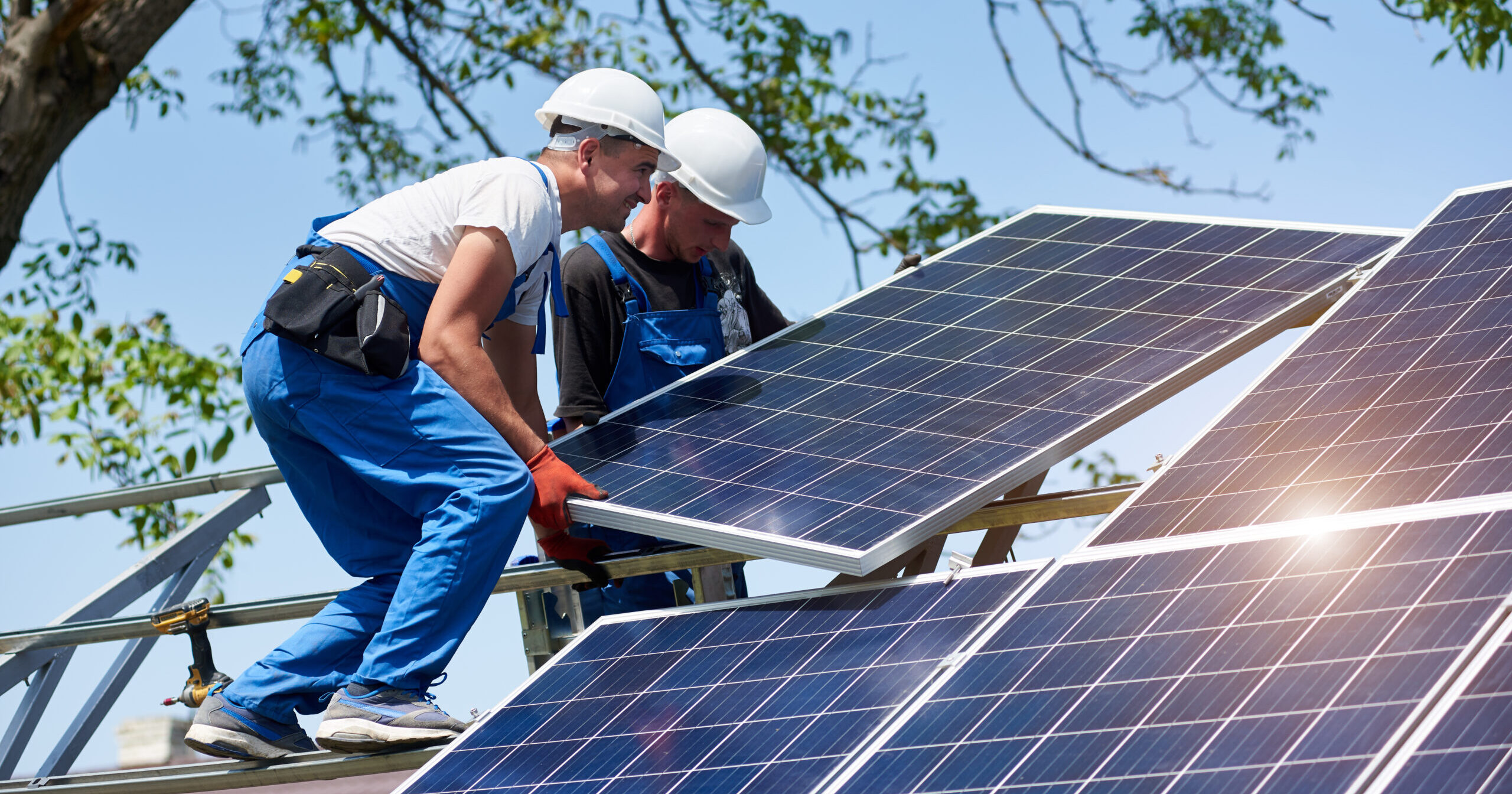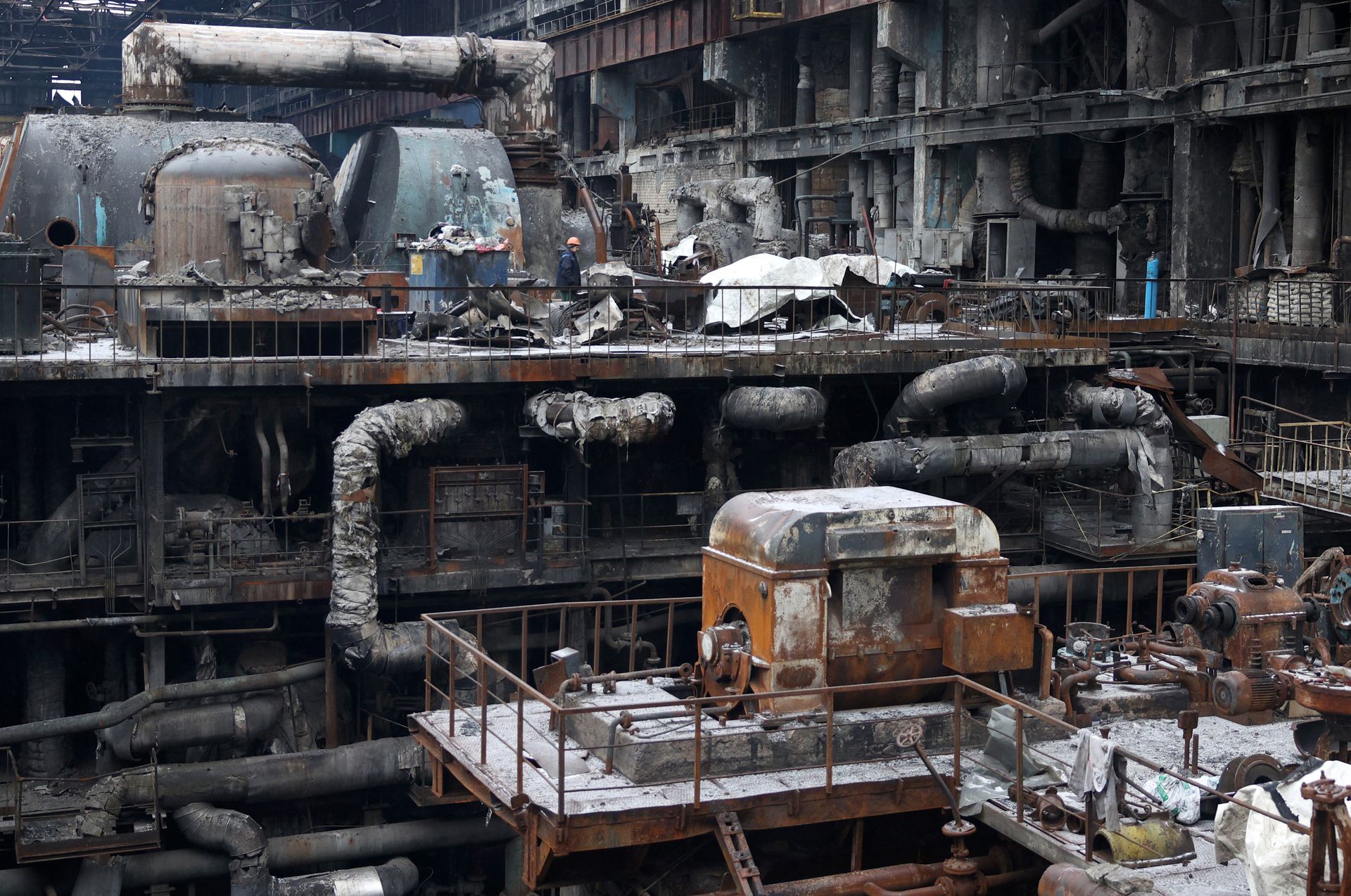Prolonged wind droughts in a warming climate threaten global wind power security – Nature

Report on Projected Increases in Wind Droughts and Implications for Sustainable Development Goals
Introduction: The Challenge to Global Energy Security and SDG 7
Prolonged low-wind events, known as wind droughts, represent a significant and poorly understood threat to global electricity generation from wind turbines. This directly challenges the objectives of Sustainable Development Goal 7 (Affordable and Clean Energy) by undermining the reliability of a key renewable energy source. An analysis based on hourly data from 21 Intergovernmental Panel on Climate Change (IPCC) models was conducted to assess the future trajectories of these events and their impact on global energy security.
Key Findings and Projections
Increasing Duration of Wind Droughts
The analysis reveals robust projections of increasing wind drought duration by the year 2100. This trend is observed at both global and regional scales and persists across both low- and high-CO2 emission scenarios, underscoring the urgency of SDG 13 (Climate Action).
- The primary drivers for this trend are a decline in mid-latitude cyclone frequencies and the effects of Arctic warming.
- These findings highlight the direct impact of climate change on the foundational resources for renewable energy infrastructure.
Projections for High-Risk Regions
The impact is projected to be particularly severe in the northern mid-latitudes, threatening energy security in densely populated areas and jeopardizing SDG 11 (Sustainable Cities and Communities).
- The duration of significant 25-year return events is projected to increase by up to 20% even under low warming scenarios.
- Under very high warming scenarios, this duration is projected to increase by up to 40%.
Increased Frequency of Record-Breaking Extremes
A warming climate is expected to make record-breaking wind drought extremes more frequent. This presents a critical challenge for energy system planning and resilience.
- Regions identified as being at particularly high risk include:
- Eastern North America
- Western Russia
- Northeastern China
- North-central Africa
Implications for Sustainable Development and Infrastructure
Vulnerability of Existing Infrastructure and a Call for Action on SDG 9
The analysis indicates a critical oversight in current energy infrastructure planning. Approximately 20% of the world’s existing wind turbines are situated in regions now identified as having a high future risk of experiencing record-breaking wind drought extremes. This vulnerability, which has not been factored into current risk assessments, poses a direct threat to SDG 9 (Industry, Innovation, and Infrastructure). The findings necessitate a re-evaluation of wind farm siting strategies and an integration of future climate projections into the planning and development of resilient, sustainable energy infrastructure to ensure the long-term success of the global transition to clean energy.
Analysis of Sustainable Development Goals (SDGs) in the Article
1. Which SDGs are addressed or connected to the issues highlighted in the article?
The article on prolonged wind droughts and their impact on wind power generation connects to several Sustainable Development Goals (SDGs). The primary issues of renewable energy reliability, climate change impacts, and infrastructure resilience are central to the following SDGs:
-
SDG 7: Affordable and Clean Energy
This goal is directly addressed as the article’s core subject is the threat to “wind turbine electricity generation,” a key source of clean and renewable energy. The study’s findings on increasing “wind droughts” directly challenge the reliability and security of wind power, which is fundamental to achieving clean energy targets. The article explicitly mentions that these trends threaten “energy security,” a cornerstone of SDG 7.
-
SDG 13: Climate Action
This goal is central to the article’s analysis, as it identifies a “warming climate” as the primary driver of the increasing duration and frequency of wind droughts. The research uses “low- and high-CO2 scenarios” and points to “Arctic warming” as a cause, directly linking climate change to the observed and projected impacts on wind patterns. The article, therefore, highlights a specific, tangible consequence of climate change that requires urgent action and adaptation.
-
SDG 9: Industry, Innovation and Infrastructure
The article connects to this SDG by assessing the vulnerability of existing energy infrastructure. It states that “~20% of existing wind turbines are in regions at high future risk of record-breaking wind drought extremes.” This highlights the need to develop more resilient and sustainable infrastructure (wind farms) that can withstand the impacts of climate change, a key aspect of SDG 9.
2. What specific targets under those SDGs can be identified based on the article’s content?
Based on the issues discussed, the following specific targets are relevant:
-
SDG 7: Affordable and Clean Energy
- Target 7.2: By 2030, increase substantially the share of renewable energy in the global energy mix. The article’s findings present a significant challenge to this target by showing that the reliability of wind energy, a major renewable source, is threatened by climate change. The projected increase in wind drought duration could hinder the effective contribution of wind power to the energy mix.
- Target 7.1: By 2030, ensure universal access to affordable, reliable and modern energy services. The article directly addresses the “reliable” aspect of this target. It warns that increasing wind droughts threaten “energy security in… densely populated areas,” indicating a potential decrease in the reliability of energy systems that depend heavily on wind power.
-
SDG 13: Climate Action
- Target 13.1: Strengthen resilience and adaptive capacity to climate-related hazards and natural disasters in all countries. The article identifies prolonged wind droughts as a climate-related hazard. By projecting future increases in these events, it underscores the urgent need for energy systems and infrastructure planners to build resilience and adapt to these changing climatic conditions. The finding that this risk is “not yet considered in current assessments” emphasizes a critical gap in adaptive capacity.
-
SDG 9: Industry, Innovation and Infrastructure
- Target 9.1: Develop quality, reliable, sustainable and resilient infrastructure… to support economic development and human well-being. The article questions the long-term resilience of current wind energy infrastructure. The projection that a significant percentage of wind turbines are in high-risk zones suggests that current infrastructure may not be resilient to future climate scenarios, necessitating innovation in planning and placement.
3. Are there any indicators mentioned or implied in the article that can be used to measure progress towards the identified targets?
The article mentions and implies several quantitative and qualitative indicators that can be used to measure the impacts and risks discussed:
-
Indicators for SDG 7 (Affordable and Clean Energy)
- Duration of wind droughts: The article reveals “robust increasing trends in wind drought duration” by 2100. This can be used as a direct indicator of the declining reliability of wind power.
- Increase in extreme event duration: The projection that “the duration of 25-year return events is projected to increase by up to 20% under low warming scenarios and 40% under very high warming scenarios” serves as a specific metric for assessing risks to energy security.
- Frequency of record-breaking extremes: The finding that “record-breaking wind drought extremes will probably become more frequent” in specific regions is an indicator of increasing volatility and risk in wind power generation.
-
Indicators for SDG 13 (Climate Action)
- Climate drivers: The article identifies “declining mid-latitude cyclone frequencies and Arctic warming” as primary drivers. Monitoring these large-scale climate phenomena can serve as an early-warning indicator for changes in wind patterns.
- CO2 Scenarios: The use of “low- and high-CO2 scenarios” to project outcomes directly links greenhouse gas concentrations to the severity of the hazard, reinforcing the importance of CO2 levels as a primary indicator for climate action.
-
Indicators for SDG 9 (Industry, Innovation and Infrastructure)
- Percentage of vulnerable infrastructure: The statement that “~20% of existing wind turbines are in regions at high future risk” is a direct, quantifiable indicator of infrastructure vulnerability. This metric can be tracked to assess the resilience of the renewable energy sector’s assets.
4. Table of SDGs, Targets, and Indicators
| SDGs | Targets | Indicators Identified in the Article |
|---|---|---|
| SDG 7: Affordable and Clean Energy |
7.2: Increase the share of renewable energy.
7.1: Ensure reliable and modern energy services. |
|
| SDG 13: Climate Action | 13.1: Strengthen resilience and adaptive capacity to climate-related hazards. |
|
| SDG 9: Industry, Innovation and Infrastructure | 9.1: Develop quality, reliable, sustainable and resilient infrastructure. |
|
Source: nature.com

What is Your Reaction?
 Like
0
Like
0
 Dislike
0
Dislike
0
 Love
0
Love
0
 Funny
0
Funny
0
 Angry
0
Angry
0
 Sad
0
Sad
0
 Wow
0
Wow
0












































































